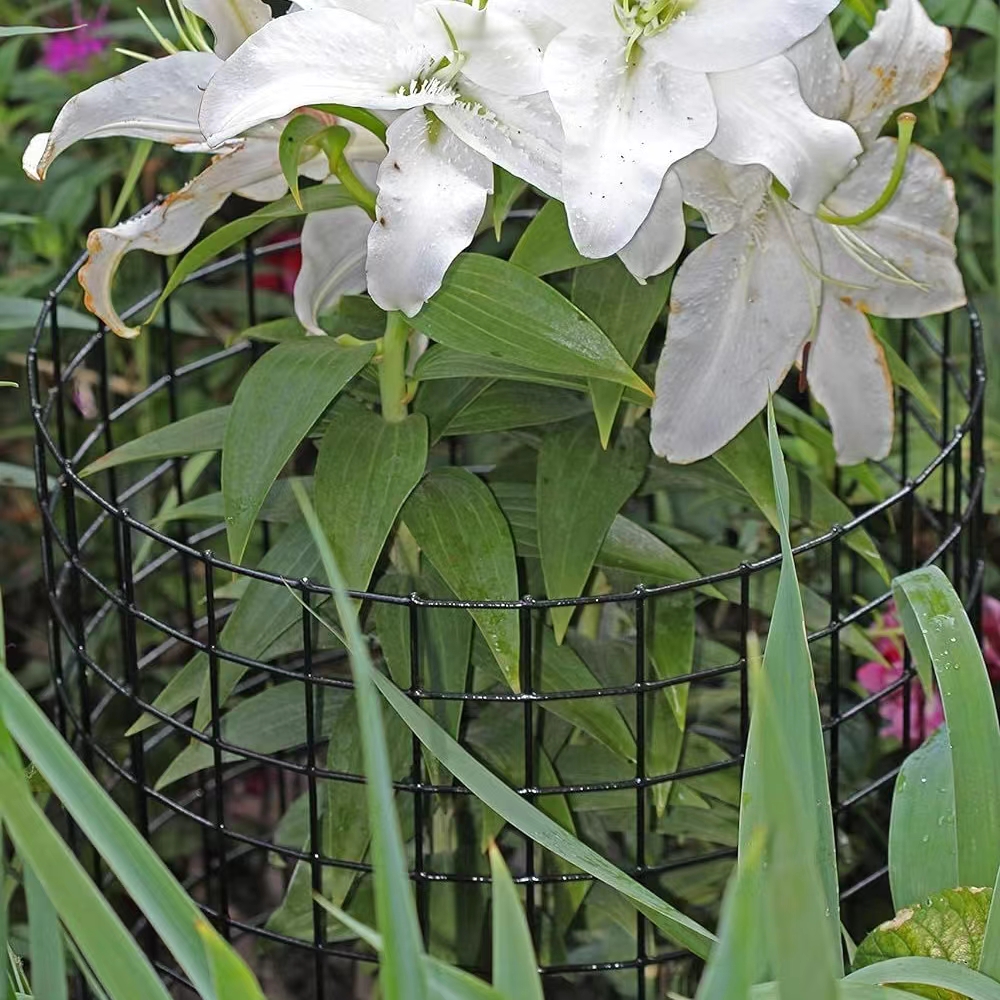Creating a paper involves multiple paragraphs, each contributing to the development of a central idea or theme. Below is an example of how you might structure a paper on the topic of “The Impact of Urbanization on Local Wildlife.”
Urbanization, the process of population migration from rural to urban areas, has witnessed unprecedented growth in recent decades. While cities burgeon with economic opportunities and cultural diversity, the impact of urbanization on local wildlife remains a critical concern. This paper explores the multifaceted effects of urbanization on the natural habitats of flora and fauna, shedding light on the challenges faced by wildlife in adapting to rapidly changing urban environments.
One of the foremost consequences of urbanization is the extensive loss of natural habitats. As cities expand, they encroach upon previously untouched ecosystems, leading to the fragmentation and destruction of habitats essential for the survival of numerous species. This loss of habitat forces wildlife to adapt or face displacement, often resulting in conflicts with human populations.
Urbanization brings about significant changes in ecosystems. The introduction of impervious surfaces, pollution, and altered waterways disrupt the delicate balance of local ecosystems. Flora and fauna must adapt to these changes, with some species flourishing while others struggle to survive. The resilience of urban wildlife becomes a key factor in determining which species thrive in the urban landscape.
As urban areas expand, the proximity between humans and wildlife increases, leading to heightened instances of human-wildlife conflicts. Animals may venture into urban spaces in search of food or suitable habitats, resulting in challenges for both wildlife conservationists and urban planners. Managing these conflicts becomes imperative to ensure the coexistence of humans and wildlife.
Urbanization often correlates with a decline in biodiversity. The dominance of certain species, known as urban-adapted species, comes at the expense of less adaptable species. This shift in biodiversity can have cascading effects on ecosystem dynamics, potentially leading to imbalances and the loss of crucial ecological functions.
In conclusion, the impact of urbanization on local wildlife is a complex and evolving phenomenon. While urban areas offer unparalleled opportunities for human development, the consequences for the natural world cannot be overlooked. Mitigating the adverse effects of urbanization requires a concerted effort from policymakers, urban planners, and conservationists. Striking a balance between urban development and the preservation of biodiversity is paramount for fostering sustainable, harmonious coexistence between humans and wildlife in our rapidly urbanizing world.
Post time: Nov-24-2023


